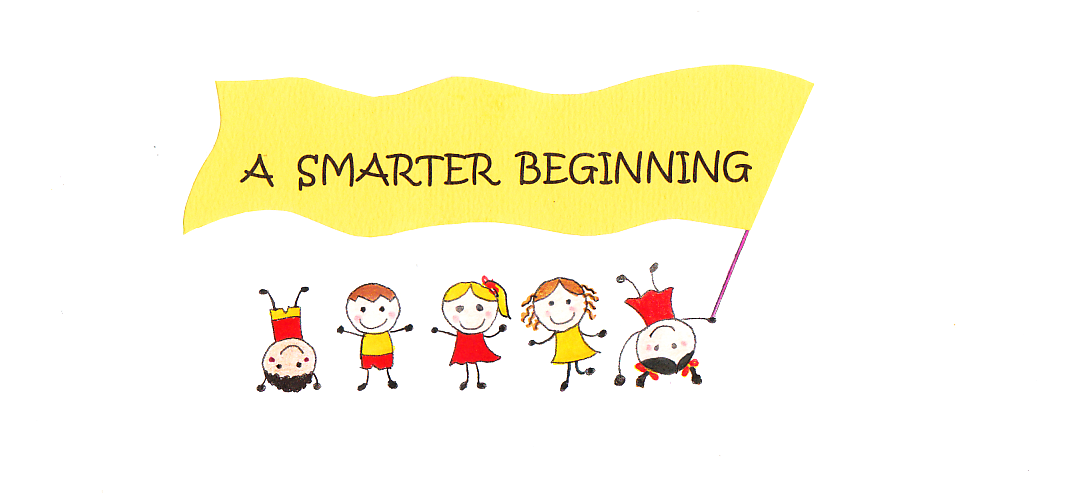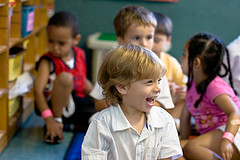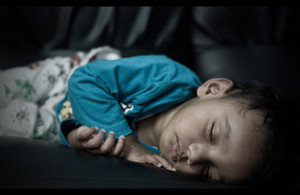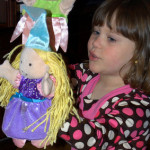This article by Melody Dye about young children learning the names of colors appeared in Scientific American on July 13, 2010.

No, the kid’s probably not color blind. A trick for teaching children colors at a younger age–and why it is otherwise so hard for them.
Subject 046M, for male, was seated nervously across from me at the table, his hands clasped tightly together in his lap. He appeared to have caught an incurable case of the squirms. I resisted the urge to laugh, and leaned forward, whispering conspiratorially. “Today, we’re going to play a game with Mr. Moo” —I produced an inviting plush cow from behind my back. “Can you say hi to Mr. Moo?”
In the Stanford lab I work in with Professor Michael Ramscar, we study how children go about what is arguably the most vital project in their career as aspiring adults—learning language. Over the last several years, we’ve been particularly taken with the question of how kids learn a small, but telling piece of that vast complex: color words. We want to know how much they know, when they know it, and whether we can help them get there faster.
046M was off to a good start. I arranged three different color swatches in front of him. “Can you show me the red one?” He paused slightly, then pointed to the middle rectangle: red . “Very good!” I said, beaming. “Now, what about the one that’s blue?”
The test was not designed to trip kids up. Far from it—we only tested basic color words, and we never made kids pick between confusable shades, like red and pink. To an adult, the test would be laughably easy. Yet, after several months of testing two-year olds, I could count my high scorers on one hand. Most would fail the test outright. 046M, despite his promising start, proved no exception.
Before the test would begin, the child’s parents were told that today we would be testing color words. Responses were typically enthusiastic. “Oh, that’s great! Margie’s got her colors down pat.” At which point, we leveled with them: if they wanted to sit through the study, they would have to be blindfolded. Such measures may seem extreme—but then again, so were the reactions we got from parents during the pilot study, as they watched their little ones fail to pick out the right color, over and over again. The reactions ran the short line from shocked to terrified, and back again. Some parents were so dismayed they started impatiently correcting their children mid-test. One mother, in particular, couldn’t seem to stop herself, and took to nervously grabbing her little boy’s hand whenever it veered away from the correct choice.
Then, inevitably, would come the post-test breakdown: “Is my child colorblind?”
Divorced from context, most two and three-year olds might as well be colorblind; certainly they look that way when asked to correctly identify colors in a line-up, or accurately use color words in novel contexts. What’s more, psychologists have found that even after hours and hours of repeated training on color words, children’s performance typically fails to noticeably improve, and children as old as six continue to make major color naming errors. This is seriously bizarre when you consider all the otherthings that children at that age can do: ride a bike, tie their shoes, read the comics, and – mistake a blue cupcake for a pink one? Really? Does that actually happen? Apparently yes – which is where 046M, and his color-naming compatriots came in. Armed with the tools of cognitive psychology, and a gang of nineteen year-old Nancy Drews (“research assistants”), we decided it was high time to figure out 1) why it takes so long for children to learn colors, of all things, and 2) whether we couldn’t shortcut the process.
As ever, just because something seems easy, doesn’t necessarily mean that it is. For one thing, knowing which range of hues counts as which color is something that can’t be purely innate, since color categories are not universal across human cultures. Different languages vary both in the number of basic color distinctions they make (ranging anywhere from two to over twenty) and in the ways they draw those distinctions on the spectrum. Comparing how Himba speakers and English speakers distinguish colors on a map is a bit like comparing how Democrats and Republicans might gerrymander the same district: there’s just not much overlap. In Himba, a northern Namibian dialect, the color “zoozu,” cuts straight across what we would think of as black, green, blue and purple, while “serandu” encompasses much of pink, purple and red. Even in languages with highly similar color vocabularies, a given color won’t necessarily pick out the exact same set of hues in one language as it does in the other (check out Korean and Russian for starters).
What all this means is that the learning problem consists in not only learning a word to color mapping, but also in learning the peculiar color “maps” your language uses in the first place. The task is further complicated by the fact that color is ubiquitous in everyday life. At any given time, we are surrounded by a multitude of hues, as we move through a world of faces and places, objects and surroundings. This overwhelming ubiquity is not a feature of other common words, such as nouns. Imagine, for example, that a child is trying to learn to distinguish “dog” from “bear.” The learning problem isn’t so difficult in this case: unless you’re watching Old Yeller, dogs will tend to be seen and talked about in contexts in which bears aren’t present, and bears will tend to be seen and talked about in contexts in which dogs aren’t present. This means that if you’re three, and you’re trying to learn what things out there in the world you might expect to match to the word “dog,” you’ll fast learn that bears aren’t one of them.
We can contrast this with the problem of learning color words. Whenever a three-year old hears “red,” it can be virtually guaranteed that there will be a whole bunch of other colors around just to make things confusing (writing this, I can make out at least a half dozen colors on my colleague’s shirt). This means that the sheer ubiquity of color presents a problem: it makes sorting out which hues a toddler should expect to be “red” and which “orange,” a lot harder than figuring out which furry beasts she should expect to be “bears” and which ones “dogs.” This may explain why children, across every language studied, invariably learn their nouns before their colors. As it happens, English color words may be especially difficult to learn, because in English we throw in a curve ball: we like to use color words “prenominally,” meaning before nouns. So, we’ll often say things like “the red balloon,” instead of using the postnominal construction, “the balloon is red.”
Why does this matter? It has to do with how attention works. In conversation, people have to track what’s being talked about, and they often do this visually. This is particularly so if they’re trying to make sense of whatever it is someone is going on about. Indeed, should I start blathering about “the old mumpsimus in the corner” you’re apt to begin discretely looking around for the mystery person or object.
Kids do the exact same thing, only more avidly, because they have much, much more to learn about. That means that when you stick the noun before the color word, you can successfully narrow their focus to whatever it is you’re talking about before you hit them with the color. Say “the balloon is red,” for example, and you will have helped to narrow “red-ness” to being an attribute of the balloon, and not some general property of the world at large. This helps kids discern what about the balloon makes it red.
But, you might wonder, won’t a kid figure out that the red in “the red balloon” has to do with the balloon? How is this different? There’s a lot of theory that goes into this, but to give you a rough idea, in the first case (“the balloon is red”), kids learn that “red” is the name of a property, like wet, or sharp, while in the second case (“the red balloon”), kids learn that “red” is more like a proper name, like “Tom” or “Heather.” Think about it this way: knowing someone’s name doesn’t usually tell you that much – it’s just a label that happens to get attached to them – but knowing whether someone is funny or boring, or whether a dish is mild or spicy, tells you a lot. Funny enough, whether kids learn “red” as something like a name or something like a property, depends entirely on how their attention is directed when they hear it.
That was the idea, anyway, and the prediction was simple: using color words after nouns should make colors far easier to learn, and should make kids far faster at learning them. To test this, we took a couple dozen two-year olds and gave them some quick training on color words. Either we trained them with prenominal sentences (the standard variety) or postnominal sentences (helpful, we hoped). In both cases, we would simply show them familiar objects and say encouraging things like “This is a blue crayon” or “This crayon is green.” Then we would test them again, with the same standard battery.
We found that the kids who got the postnominal training improved significantly over their baseline test scores, whereas the ones who got the prenominal training still looked just as confused as ever. Given that previous studies hadn’t found much improvement after hundreds of explicit training trials, it was hard to believe that such a simple manipulation could make such a clear difference—and yet, it did!
Which brings me to the simple, take-home point: if you want to make your two-year old the color-naming talk of the party, watch your tongue. It might seem faster to ask Charlie not to pop “the red balloon,” but if you want him matching colors with aplomb, best rephrase with, “I mean, the balloon that is red.”
image: istock/Dawn Mayfarth











